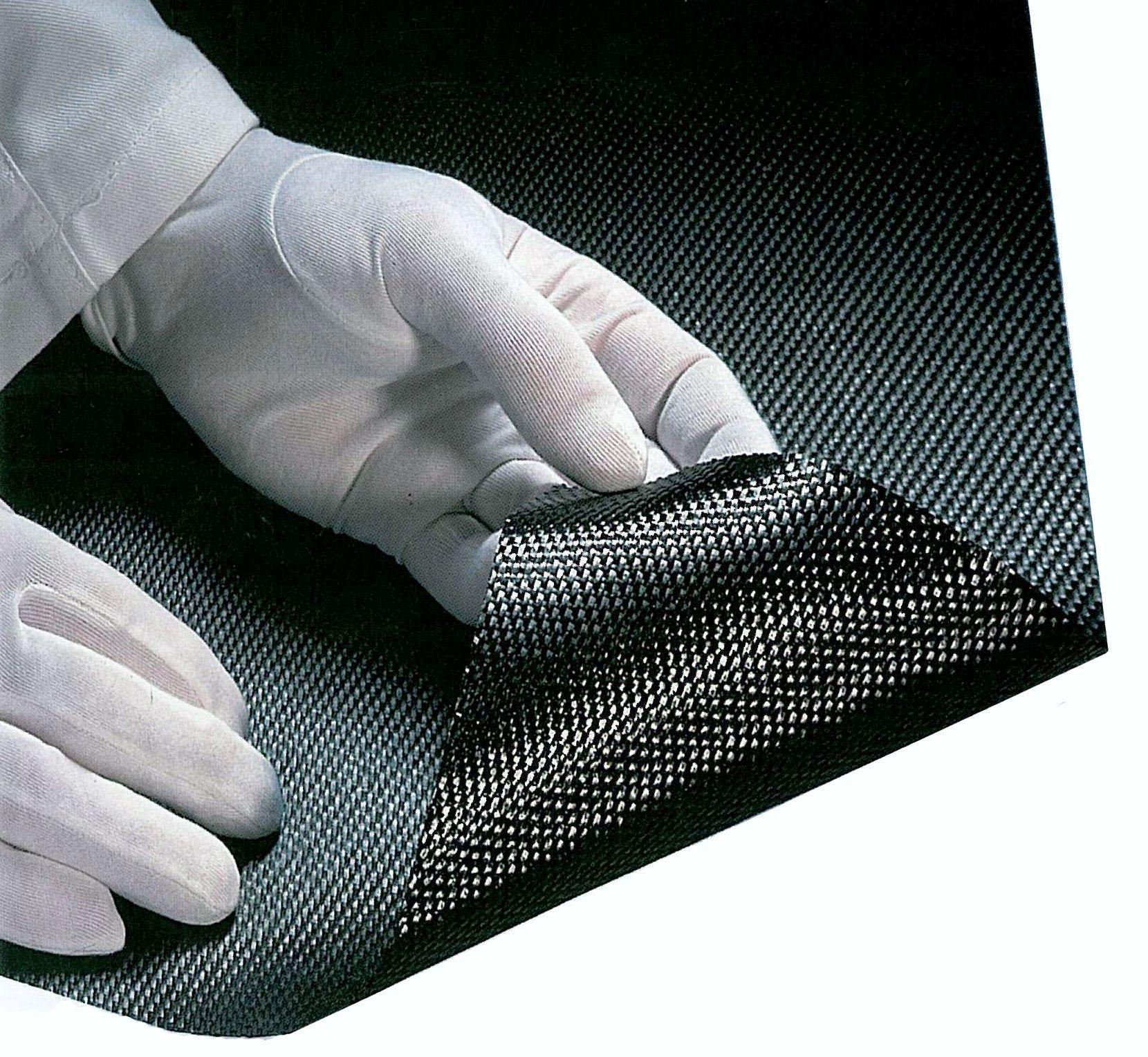Beyond Strength: Unveiling the Potential of Carbon Prepreg Materials

Carbon prepreg or carbon fiber pre-impregnated composite is a high-performance composite material consisting of carbon fiber reinforcement pre-impregnated with a thermosetting polymer resin. With its increasing popularity across industries, carbon prepreg has emerged as a promising material to revolutionize the manufacturing sector in the coming years.
What is Carbon Prepreg?
A carbon prepreg is composed of unidirectional or multi-axial carbon fibers which are accurately placed and bonded to a resin in its partially cured thermoset B-stage form. The resin content in a carbon prepreg is typically between 25-50% by weight. Prepregs offer several advantages over dry fabrics including precise fiber placement, reduced voids and flawless fiber wet-out due to pre-impregnation under controlled conditions.
Manufacturing and Curing of Carbon Prepreg
In the manufacturing process, carbon fibers are first synthesized into yarns and woven into fabrics. These fabrics are then impregnated with a thermoset resin using techniques like solvent dipping, resin film stacking or hot-melt process. The impregnated material is then passed through heated rolls to partially cure the resin and obtain the B-stage prepreg.
Carbon Prepreg are delivered in the form of rolls or plies and have a shelf life of months when stored at desired temperatures (-18°C or lower for best results). They need to be cured under heat and pressure to fullypolymerize the resin. Curing is typically done in an autoclave at 125-180°C temperature and 100-150psi pressure for 1-3 hours depending on the part size and desired properties.
Applications
With their unique combination of high stiffness, strength and lightweight properties, carbon prepregs are increasingly finding applications across industries:
Aerospace
Carbon prepregs are the primary material used to manufacture most commercial aircraft structures including fuselages, wings and empennages. Their lightweight yet high strength properties helps improve fuel efficiency. Space shuttles, rockets and satellites also extensively use carbon composites.
Automotive
Both interior and exterior automotive parts are being made from carbon composites to reduce weight and improve performance. Examples include chassis, suspension parts, seating components and body panels. Electric vehicles also utilize prepregs for batteries and structural packs.
Wind Energy
Prepregs are increasingly replacing metals in wind turbine blades to manufacture larger blades with improved strength-to-weight ratios for optimized energy generation. Blades, spinners and nose cones typically use carbon prepregs.
Marine
High strength and corrosion resistance makes carbon prepregs suitable for ship hulls, superstructures and interiors. Performance boats, yachts and pipes also rely on carbon composites.
Benefits of Using Carbon Prepreg
There are several advantages that make carbon prepregs a preferred choice over other composites:
- Consistent fiber volume and precise placement leading to predictable and reliable properties.
- Reduced void content and excellent wetting of fibers due to resin pre-impregnation.
- Dimensional stability and accurate replication of complex shapes.
- Fast, automated processing for large volume production.
- Superior mechanical properties like high stiffness and strength with low density.
- Resistance to corrosion, fatigue and adverse operating conditions.
- Design flexibility through layering of uni and multi-directional plies.
The Future of Carbon Prepreg
Rising demand from industries is driving increased investments into Carbon Prepregmanufacturing. Recent advancements are also expected to make them more affordable and easier to process. Some key trends include:
- Development of out-of-autoclave (OOA) prepregs that can be cured at lower temperatures without autoclaves for reduced costs.
- Addition of nano-fillers, toughening agents and additives to improve toughness, damage tolerance and durability.
- Emergence of new resin systems like epoxy, PEEK and cyanate esters tailored for high heat resistance.
- Adoption of automated tape laying (ATL) and fiber placement techniques for faster, optimized fabrication of large structures.
- Use of thermoplastic prepregs for recyclability, Joining and localized repairs capabilities.
- Growth in usage of sandwich panels with prepreg face sheets for light weighting structural applications.
To conclude, carbon prepregs possess an unmatched combination of properties that makes them very appealing for industrial applications. With ongoing R&D bringing new variants and processing technologies, they are projected to become a mainstream composite material driving innovation across industries in the coming decades.
Get More Insights On This Topic: https://www.newsanalyticspro.com/carbon-prepreg-redefining-possibilities-in-composite-materials/
- Art
- Causes
- Crafts
- Dance
- Drinks
- Film
- Fitness
- Food
- Games
- Gardening
- Health
- Home
- Literature
- Music
- Networking
- Other
- Party
- Religion
- Shopping
- Sports
- Theater
- Wellness
- IT, Cloud, Software and Technology


